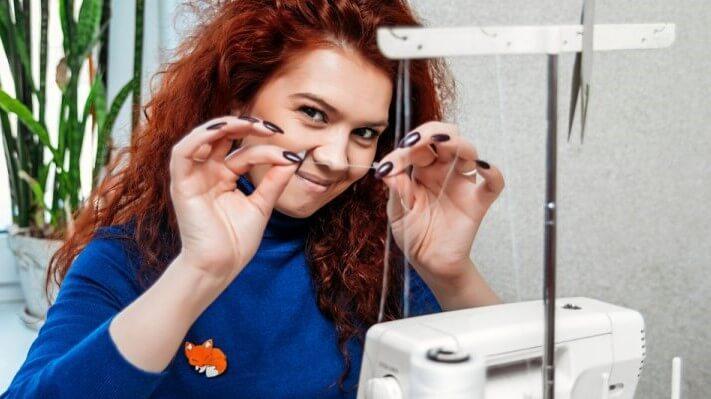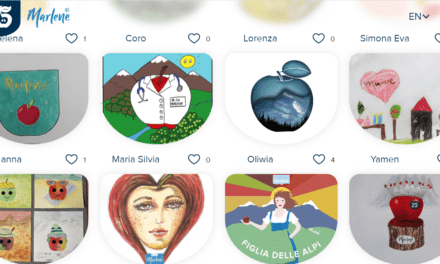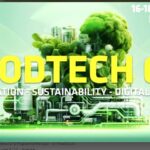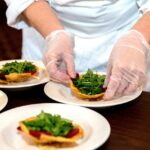Wageningen University investigates in fibers for clothes that can be made from agricultural waste
The report “Spining Future Threads” informs about
What agricultural waste can we use as fibres for the fashion industry? It turns out there are quite a few. For example, rice straw or banana stems can soon be found in clothing. By using these raw materials, the textile industry can become more sustainable.
The textile industry needs more sustainable and renewable raw materials to reduce its current, negative impact on the climate, says Paulien Harmsen, Wageningen University & Research
60% of all clothing made from fossil fuels
Today, 60% of all clothing is still made from fibres derived from fossil fuels. That needs to change. The Laudes Foundation asked Wageningen University & Research (together with the Institute for Sustainable Communities and the World Resources Institute) to research an alternative.
They looked at whether there are useful residual streams (waste) in agriculture in South and Southeast Asia that can be used to produce natural fibres. They also looked at the technology needed to do this.
The research shows that there are definitely possibilities. For example, waste streams from rice, maize, bananas, pineapples and sugar cane can be used as raw materials for clothing fibres.
This research provides a promising glimpse into the first steps towards sustainable textiles, says Paulien Harmsen, Wageningen University & Research.
So, producing fibres from agricultural waste is possible, but where to start?
The key is to work together. In the research report “Spinning Future Threads”, the researchers have therefore included a roadmap for cooperation and innovation in the fashion and food industries.
Contents of “Spinning Future Threads”
Foreword 12
Executive Summary 14
1 Background and Scope 18
1.1 Context 20
1.2 Scope of the study 24
1.2.1 Overview 24
1.2.2 Approach and Methodology 24
2 Understanding Fibres, Processing and Innovations 34
2.1 Fibre classification 36
2.2 Processing approaches 38
2.3 Innovator’s landscape 41
3 Availability of Crop Residue in Regions 44
3.1 Longlisting of crops and residues in the eight countries 46
3.2 Spatial analysis to identify hub locations from eight countries 55
3.2.1 Rice straw and other cereal straws 56
3.2.2 Sugarcane trash and bagasse 58
3.2.3 Empty fruit bunches (EFBs) from oil palm 60
3.2.4 Banana pseudo-stems and Pineapple leaves 60
4 Pre-feasibility and Viability Considerations 64
4.1 Value chain design and assumptions for cost assessment 66
4.2 Cost calculations and considerations 73
4.2.1 At-gate delivery cost for cellulose biomass sources 73
4.2.2 At-gate delivery costs for fibre rich biomass sources 79
5 Landscape: Barriers, Opportunities and Sustainability 82
5.1 Agricultural production and practices 84
5.2 Technology, design and innovation 86
5.3 Processing and manufacturing 86
5.4 Commercialization and scale-up 87
5.5 Socio-economic and sustainability perspectives 88
5.6 Climate change and environmental externalities 92
6 Roadmap towards Commercialisation 96
Annexures 104
Sources
Hortibiz
WUR, DOWNLOAD the report Spinning Future Threads











